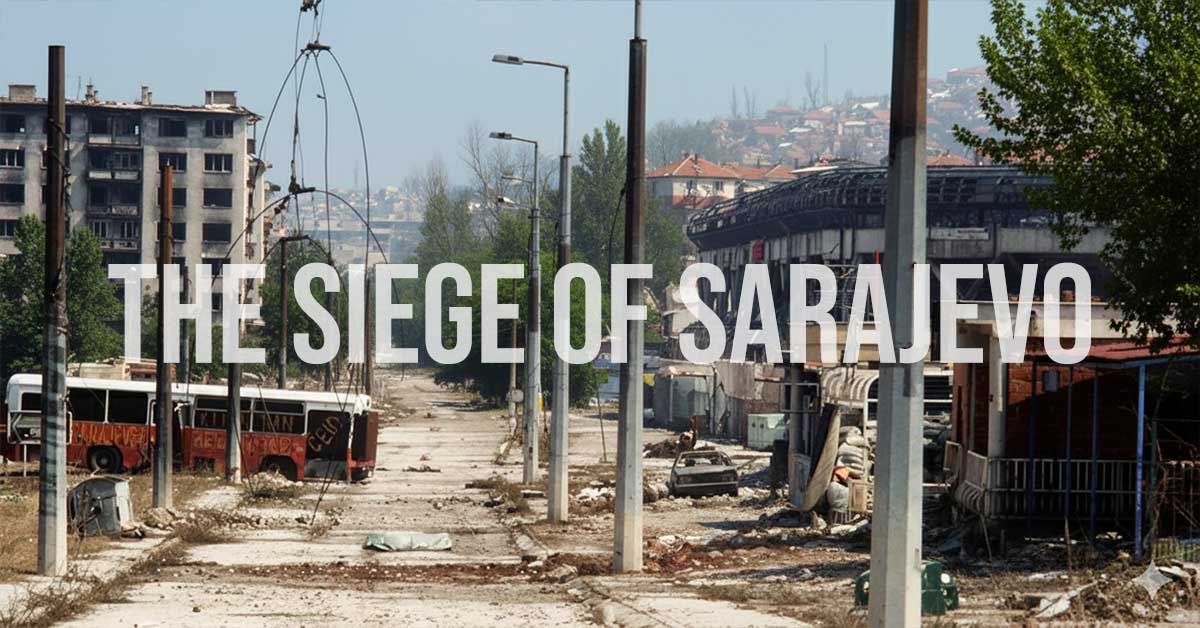The Siege of Sarajevo remains etched in history as the longest siege of a capital city in modern Europe. From April 1992 until February 1996, Sarajevo was trapped, shelled daily, and cut off from the world. But Sarajevo was never just a city under attack – it was a city that resisted, endured, and survived.
Table of Contents
Why did the siege of Sarajevo happen?
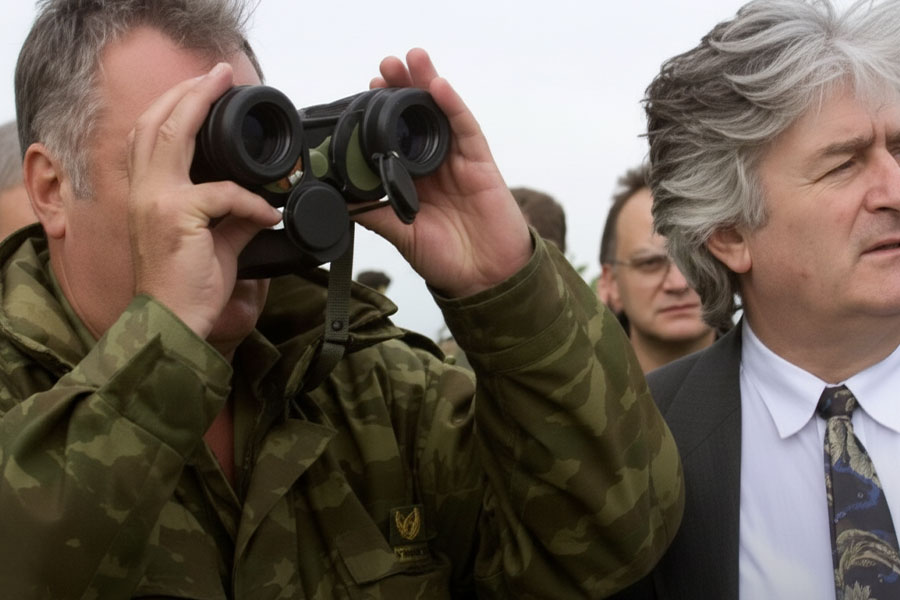
With the collapse of Yugoslavia in the early 1990s, nationalist politics fueled bloody conflicts. After Bosnia and Herzegovina declared independence in March 1992, Bosnian Serb forces – backed by the Yugoslav Peoples Army and the regime of Slobodan Milosevic – launched an assault.
Their goal was clear: to divide the country and seize Sarajevo, the political and cultural heart of Bosnia.
Within days, the city was encircled from surrounding hills – Grbavica, Ilida, Trebevic, Mojmilo, Pale – from which every street could be targeted. Sarajevo was sealed in a deadly ring.
The beginning of resistance
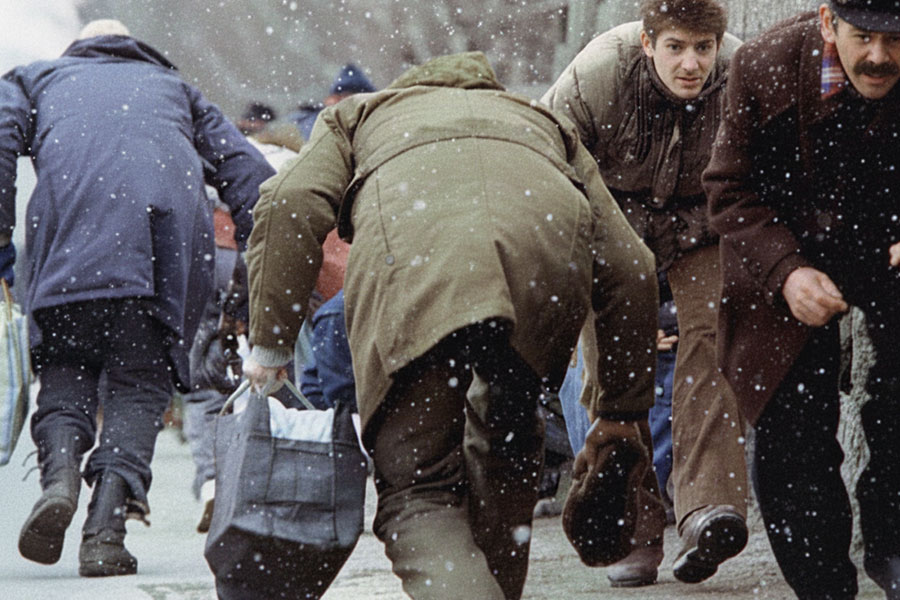
At first, defense was nearly impossible. Citizens had little to no weapons, often just hunting rifles or improvised tools. The Army of Bosnia and Herzegovina was only beginning to form, and most supply lines were cut.
But Sarajevans improvised. Neighbourhoods organized local defences, building barricades from buses, concrete blocks, and burned-out vehicles. Early brigades of the Bosnian Army were formed in desperate conditions – often without uniforms or enough food, but with an unshakable determination that the city would not surrender.
That determination was decisive. The attackers had tanks and artillery, but the defenders had something immeasurable: the will to survive.
Significant moments that took place during the siege of Sarajevo
The Markale massacres
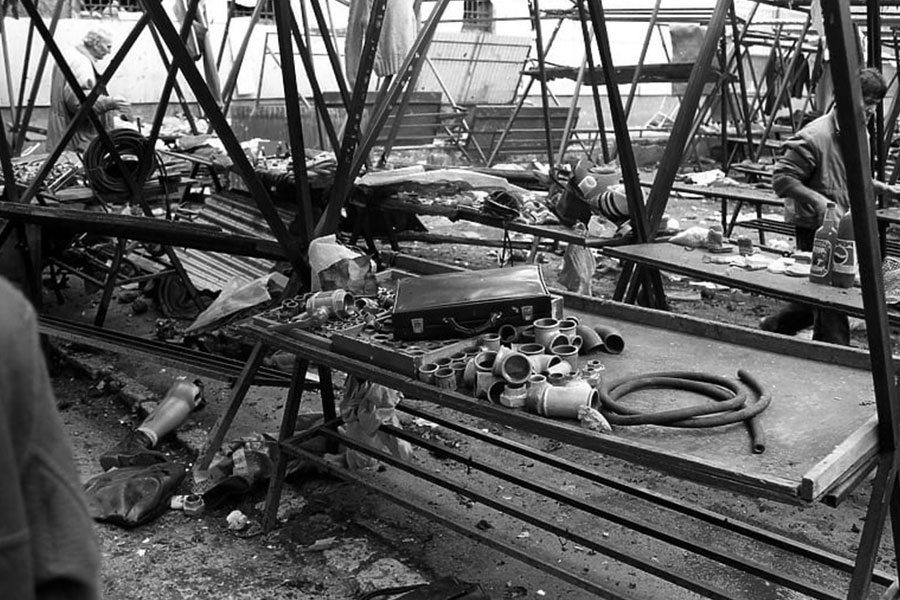
Two of the darkest days of the siege were the Markale market massacres:
- February 5, 1994: A mortar attack killed 68 people and wounded over 140.
- August 28, 1995: Another mortar attack killed 43 and wounded 75.
Images of these atrocities shocked the world and forced the international community into action. After the second massacre, NATO launched airstrikes on Bosnian Serb positions, accelerating the end of the siege.
The burning of Vijenica
In August 1992, Sarajevos iconic Vijenica (City Hall) was shelled. Once home to the National Library, it burned for days. Around 90% of Bosnias written heritage – books, manuscripts, archives was – lost. This was not only an attack on a building but on the memory of a nation.
The Tunnel of Hope Sarajevo’s lifeline
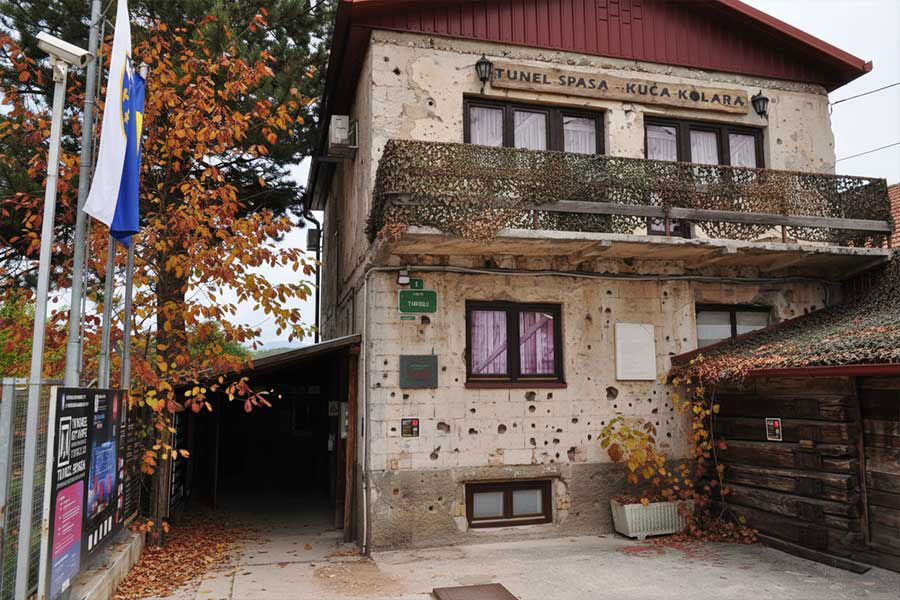
One of the most remarkable stories of the siege is the Tunnel of Hope (Tunel D-B).
With the city completely cut off, the only way to reconnect Sarajevo with free Bosnian territory was to dig a secret underground passage beneath the airport runway. Work began in 1993, done entirely by hand with picks and shovels.
The tunnel stretched 800 meters long, about 1.5 meters high and 1 meter wide. People had to crouch to pass through.
Every day, hundreds of people and tons of supplies moved through the tunnel – food, weapons, medicine. Even electricity and fuel pipelines were laid inside. It became the artery of Sarajevo’s survival.
Cultural and sporting defiance
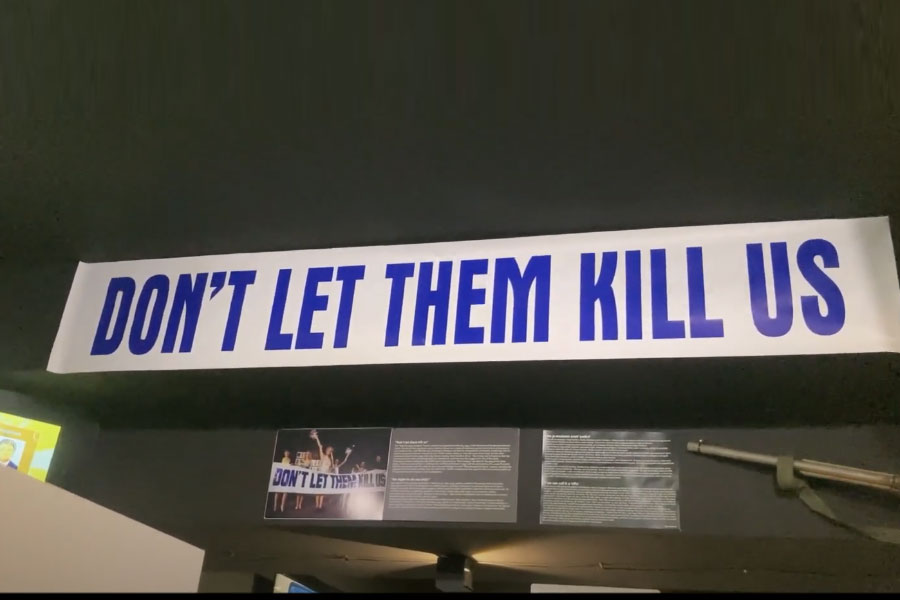
The siege could not kill Sarajevo’s soul. On the contrary – culture and art became acts of resistance.
World-renowned conductor Zubin Mehta held a concert in besieged Sarajevo. The band U2 was inspired by the city’s suffering. In 1993, the Miss Besieged Sarajevo beauty pageant was held, with contestants holding a banner reading “Don’t let them kill us” – a haunting message to the world.
Sports, too, carried symbolic weight. Despite the siege, Bosnia and Herzegovina participated as an independent nation for the first time at the 1994 Winter Olympics in Lillehammer. Just ten years earlier, Sarajevo had hosted the 1984 Olympics. Now, while shells rained on their hometown, Bosnian athletes marched proudly under their flag.
Imagine the contrast: grenades exploding in Sarajevo, while in Norway the Bosnian flag rose at the Olympic Games.
Victims and consequences of the Siege of Sarajevo
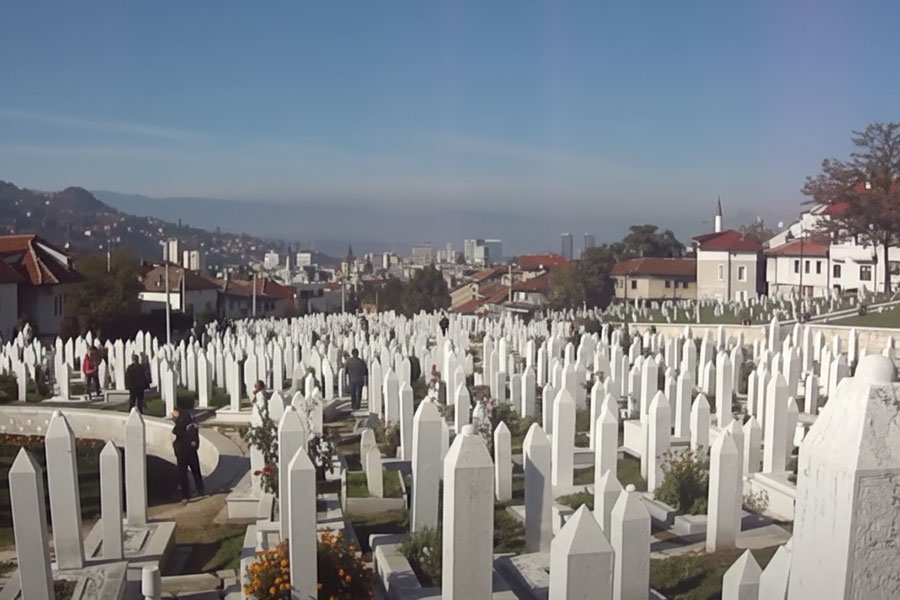
The siege cost thousands of lives. More than 11,500 people were killed, including over 1,600 children. Tens of thousands were wounded. Sarajevo’s skyline was shattered – the Vijecnica burned, bridges collapsed, hospitals destroyed. But the deepest scars were carried by its people. Trauma remained, but so did an unbreakable resilience.
The end of the siege of Sarajevo
The siege ended on February 29, 1996, following the Dayton Peace Agreement signed in December 1995. As the last troops withdrew from the surrounding hills, Sarajevans flooded the streets.
The city was forever changed, but its spirit had not been broken. Sarajevo had survived.
Sarajevo today – after the siege
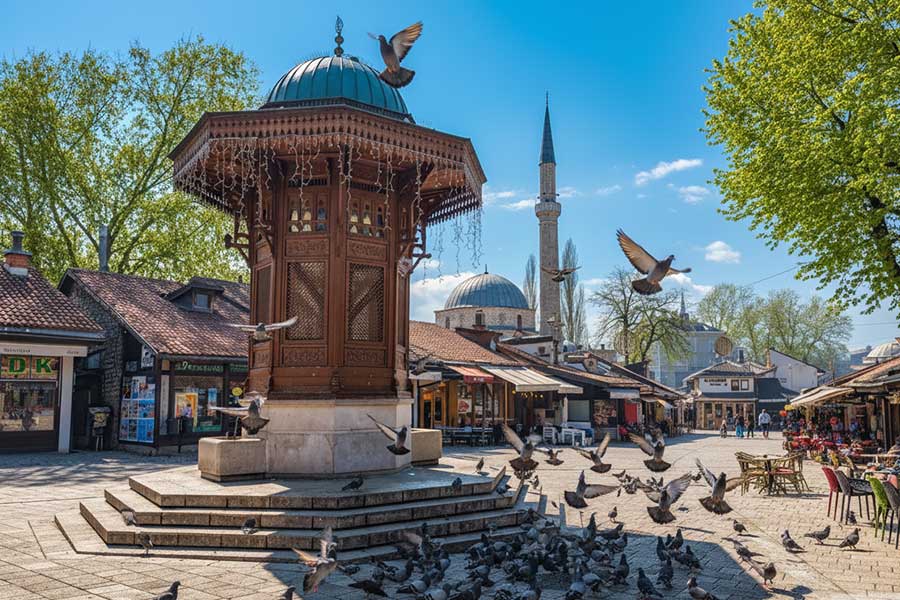
Nearly three decades later, Sarajevo is a modern, vibrant city – a tourist destination and cultural hub. Yet, reminders of the siege remain: Sarajevo Roses filled with red resin, the Tunnel Museum, memorials, and the stories of survivors.
Every street has its story. Every scar tells of both tragedy and resilience. Sarajevo today is a paradox – a city of sorrow and a city of hope, all at once.
Top 15 places to visit to understand the siege of Sarajevo
Tunnel of Hope (Tunel D-B) – the underground passage that kept the city alive.
Sarajevo War Tunnel Museum – with original artifacts and parts of the tunnel preserved.
Markale Market – site of the two infamous massacres, still a busy city marketplace.
Vijecnica (City Hall) – restored but once reduced to ashes.
Sniper Alley – the main boulevard once controlled by sniper fire.
Sarajevo Roses – mortar scars filled with red resin around the city.
History Museum of Bosnia and Herzegovina – with a collection of siege-era objects.
War Childhood Museum -telling the stories of children who grew up during the war.
Kosevo Cemetery – final resting place of thousands of victims.
Vraca Memorial Park – a WWII monument later used as a war position.
Yellow Bastion and White Bastion – historic fortresses overlooking the city and siege lines.
Dobrinja neighborhood – heavily shelled, also remembered for improvised sports events.
Holiday Inn Hotel – headquarters for foreign journalists covering the war.
Zetra Olympic Hall (Juan Antonio Samaranch Hall) – turned into a shelter and hospital during the siege.
Museum of 11,000 Children – dedicated to the children killed during the siege.
FAQ about the Siege of Sarajevo
Why did the Siege of Sarajevo happen?
The siege of Sarajevo began after Bosnia and Herzegovina declared independence from Yugoslavia in 1992. Bosnian Serb forces, backed by the Yugoslav Peoples Army and Serbian leadership, encircled the city with the aim of taking control of the capital and dividing the country along ethnic lines.
How did the Siege of Sarajevo end?
The siege ended in February 1996 after the Dayton Peace Agreement was signed in December 1995. NATO airstrikes against Bosnian Serb positions following atrocities like the second Markale massacre forced the attackers to withdraw from the hills around Sarajevo.
How long did the Siege of Sarajevo last?
The siege lasted for 1,425 days, from April 5, 1992, until February 29, 1996 making it the longest siege of a capital city in modern European history.
How many people died in the Siege of Sarajevo?
More than 11,500 people were killed, including over 1,600 children. Tens of thousands were wounded, and the city’s infrastructure and cultural heritage were heavily damaged.
Our Most Popular Tours To Sarajevo
We offer many tours that include a visit to Sarajevo and its most popular locations:
- Sarajevo Siege Tour & War Tunnel 1992 / 1996 (Most Popular)
- Full Day tour from Sarajevo to Međugorije & Mostar
- Full Day Tour from Sarajevo to Travnik and Jajce
- Full-Day 5 Cities Tour from Sarajevo to Herzegovina (Mostar)
- Full day Tour from Sarajevo to Dubrovnik (Kotor or Split)
- Full Day tour from Sarajevo to Belgrade
Don’t Hesitate To Say Hi!
Got any questions about our tours or the city? Don’t hesitate to contact us anytime for more info and booking.
Use the following phone number and email:

